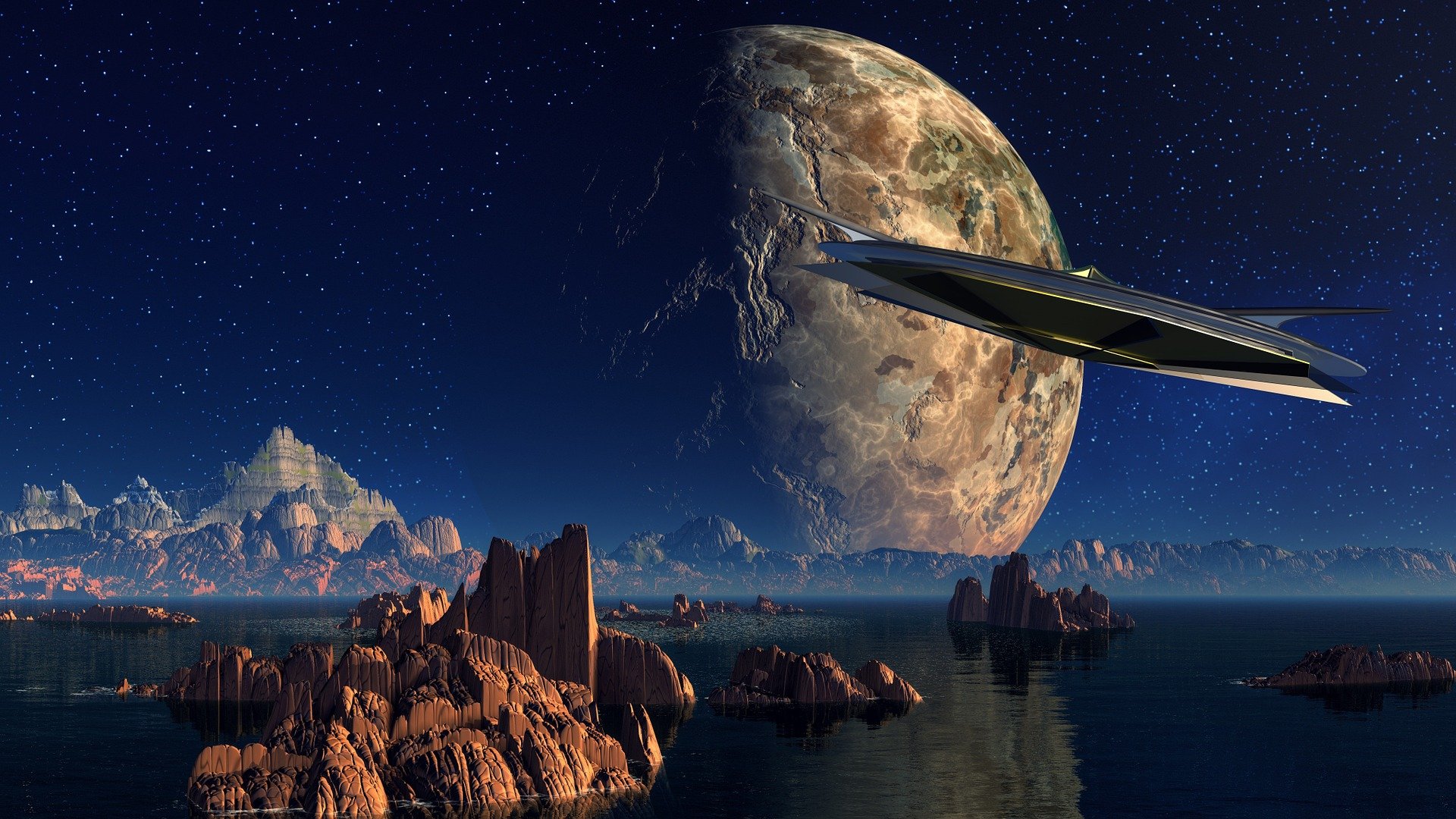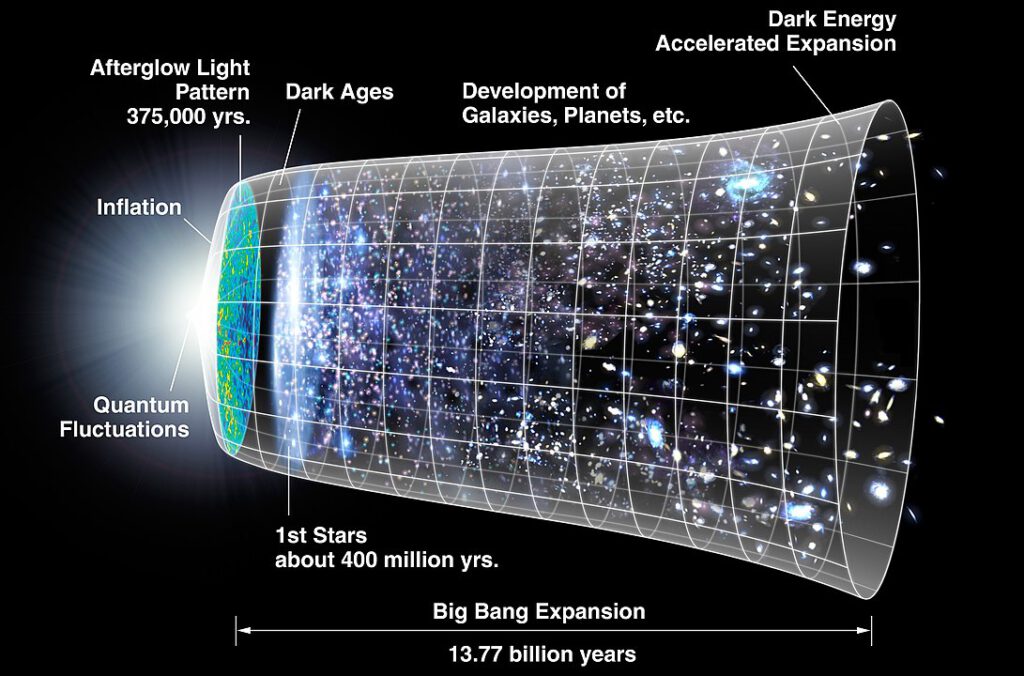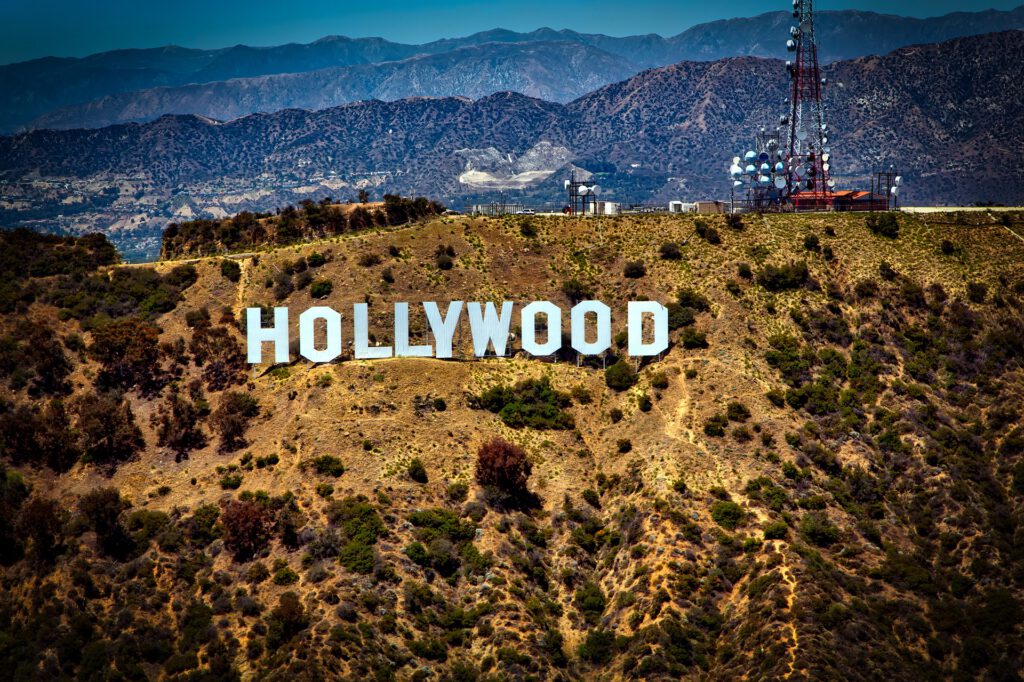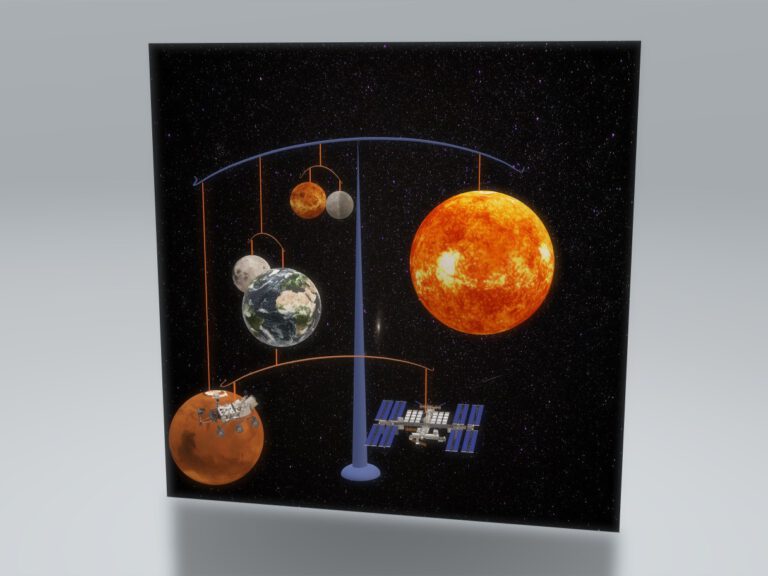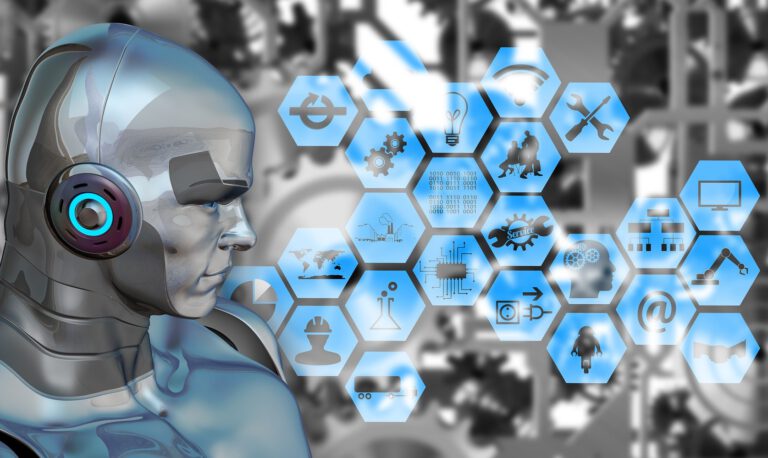Science Fiction Cinematic Art
Trips
16. March 2021
Upd. 21.11.2024
Manfred Goschler
I enjoy following scientific topics that stretch the boundaries of our knowledge, particularly when popular science programs make these subjects accessible to laypeople. I also like to speculate about developments that lie beyond current science, provided they are reasonably plausible. While books leave more room for imagination, films impress with their visual and auditory design. I must admit, however, that I rarely see films in cinemas, where they are best viewed as intended by the creators.
Often, my interest in a genre leads me to view films later on television, sometimes years after their initial release.
Even so, some films have truly impressed me, especially considering the context and technology of the times in which they were made. I’d like to share a few reflections on these experiences, starting with a memorable visit to Hollywood in 2013.
Hollywood as a Dream Factory
Hollywood, synonymous with the global film industry, revealed some of its secrets during our visit, where we learned about the art of the “dream factory.” Familiar with many films and stars, especially from Hollywood’s early days, we were drawn to the movies that captivated us as children and transported us into fantastical worlds. In the mid-sixties, with just two television channels available, watching movies was a special experience. I still recall the wonder of early silent films, made at a time when “pictures were learning to move,” as some of the captions poetically noted.
Film as a complex Form of Art
The film appears as the most important mass media, as an economic factor and as a form of visual art. Compared to other art areas, such as painting or photography, however, this area is much more complex. The chronological sequence of individual images, which can be accompanied acoustically by sounds or music, opens up an infinite number of design options, both in terms of content and presentation. A division of these films into genres such as detective films, comedy films, war films, romance films, science fiction films, horror films, etc. is more difficult today than in the past, as contents can often be assigned to several genres. What is not really surprising, because blockbuster are supposed to reach a large audience in order to keep the film factory running economically.
Distribution and technical Development of the Film
Meanwhile, the range of films that naturally goes far beyond the feature films and its distribution is hardly manageable for a layman. Hundreds of reception channels that are offered by various public and private providers are almost standard today and can also be further expanded. These films can be transferred to high-resolution receiver devices in a wide variety of ways via various networks. This not only enables realistic images that can be accompanied by appealing acoustics, but sometimes goes beyond a reality that a person can grasp with their natural senses. E.g. when a movement is shown in slow motion, such as the flapping of the wings of a hummingbird. Or vice versa, a temporal course is accelerated, like a movement of the stars.
Science Fiction: Exploring the Genre
The term “science fiction” suggests a blend of science with imagination. I interpret it as a genre that ideally takes scientific and technical ideas and stretches them with creativity, speculating on future possibilities. Sci-fi films are especially captivating when their treatment of scientific themes is coherent without being overly far-fetched. This genre can be a stimulating medium for exploring technical possibilities and expanding the boundaries of what we believe is possible.
The human-machine relationship is one of my favorite science fiction themes. It often explores our interaction with intelligent systems, such as computer programs and robotics. The examples I’ll discuss illustrate this theme but are not intended to be comprehensive. Rather, they highlight different representations of machines in science fiction films.
Notable Sci-Fi Films and Themes
- Metropolis (1927) – Fritz Lang’s silent film, based on Thea von Harbou’s novel, depicts a futuristic two-class society where humans maintain machines under inhuman conditions, becoming mindless parts of a greater system. Although some depictions of machinery seem dated today, the human-like robot Maria remains visually and thematically impressive.
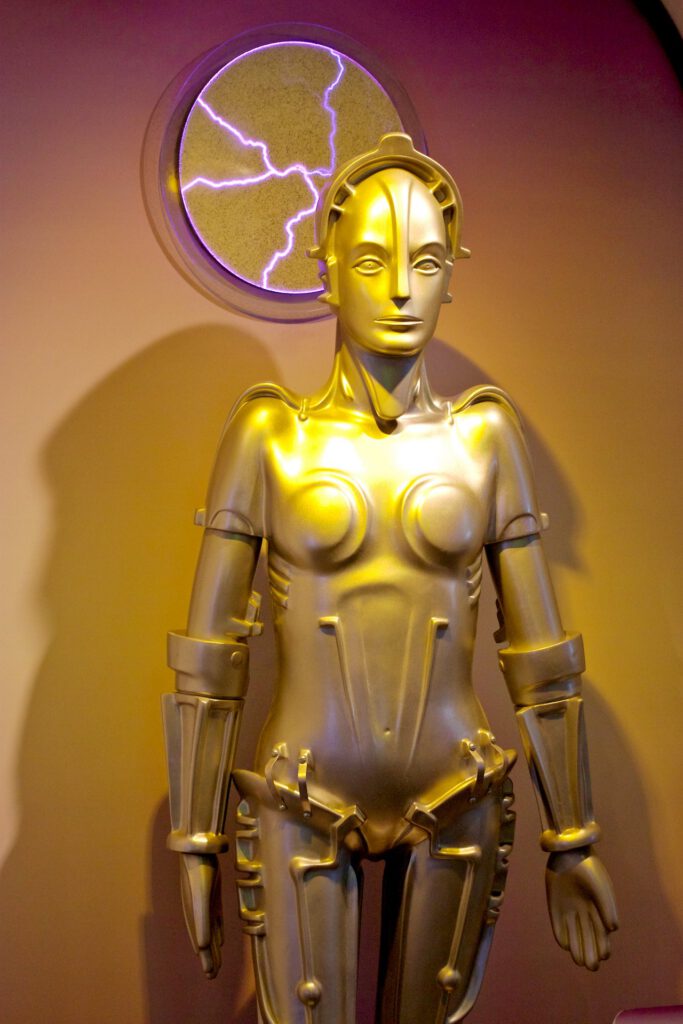
- 2001: A Space Odyssey (1968) – Directed by Stanley Kubrick, with a screenplay by Kubrick and physicist Arthur C. Clarke, this film is about HAL 9000, a talking computer that controls a spaceship on a Jupiter expedition. Initially deemed infallible, HAL malfunctions, killing four of five astronauts. Only Dave Bowman survives, ultimately deactivating HAL in an emotionally charged scene. This film’s tension comes from the astronaut’s gripping confrontation with HAL.
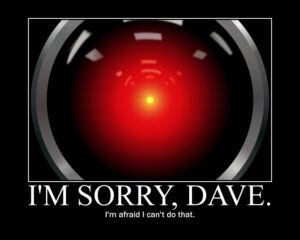
- Blade Runner (1982) – Directed by Ridley Scott and based on Philip K. Dick’s novel Do Androids Dream of Electric Sheep?, this film presents a dark future where human-like robots confront their own survival. The characters’ roles shift as the machines fight for their right to exist, exploring themes of humanity and identity. The film is accompanied by an impressive soundtrack by Greek composer and musician Vangelis.
- Terminator (1984) – In James Cameron’s Terminator, a powerful robot relentlessly pursues a human, embodying the archetype of the machine as a threat. Cameron’s sequel, Terminator 2 (1991), reimagines the same robot, played by Arnold Schwarzenegger, as a protector—a nuanced variation on the original’s themes.
- Bicentennial Man (1999) – Directed by Chris Columbus and based on a story by Isaac Asimov, Bicentennial Man is notable for its peaceful portrayal of an android evolving into a human. The android ultimately chooses to age and die to fully experience humanity, demonstrating Asimov’s robot laws. I, Robot (2004), also inspired by Asimov, further explores Asimovian robot ethics and existential questions.
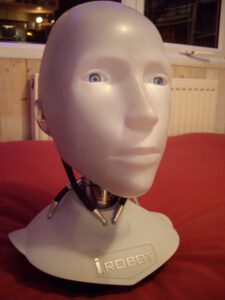
- The Thirteenth Floor (1999) – This German-American film deals with virtual reality. A scientist creates a virtual world in which users take on simulated roles. When it turns out that the scientist himself is part of a higher-level simulation, this raises questions about the limits of reality. A precursor to this theme is Welt am Draht, a two-part German film with minimal special effects by director and screenwriter Rainer Werner Fassbinder.
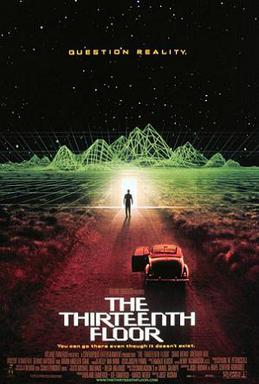
- The Matrix (1999) – Written and directed by the Wachowskis, The Matrix starts in an apparent reality that turns out to be a simulation. Powerful machines control humanity, who are “farmed” for energy. The film explores themes of reality, freedom, and the implications of virtual existence.
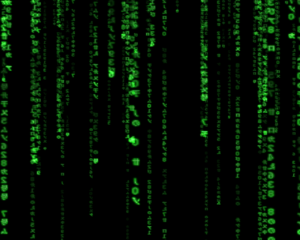
- Transcendence (2014) – Directed by Wally Pfister and starring Johnny Depp, Transcendence examines a future where a scientist uploads his mind into a network, achieving a kind of digital immortality. This film touches on the concept of technological singularity, the moment when machine intelligence surpasses human understanding.
Human-Machine Relationships and Virtual Realities
The science fiction genre offers captivating, sometimes unsettling insights into human-machine relationships and virtual worlds. These films explore themes such as robots and androids interacting with humans or realities that blur the line between actual and virtual, raising key questions:
- How will we interact with machines in the future, and how should these relationships develop?
This question impacts all areas of society. In our private lives, we increasingly use voice assistants, and customer hotlines are largely managed by AI. Significant potential remains for intelligent machines to evolve, both as practical tools and as forms of digital artistry.
What makes the virtual worlds in these films remarkable is their layered realities. Already fictional, science fiction introduces nested virtual realities that blur the distinction between real and unreal. In simpler contexts, virtual worlds are already common today, such as children’s video games that allow young imaginations to dive into digital realms. The practical applications of virtual technology, from flight simulations to economic modeling, demonstrate how these worlds impact both entertainment and real-life skills.
Summary
From the last century to the present, science fiction has depicted visions both fantastical and realistic, many of which are gradually coming to life. As AI continues to advance, technology is increasingly reflecting the visionary examples portrayed in older science fiction films.
Humans have historically created tools and machines—now including AI—to address various aspects of life. This evolving relationship with technology will continue to shape human development.
Personal Conclusion
This week-long exploration of science fiction has been very insightful. Due to time constraints, my observations focused primarily on a select area: the human-machine theme, which relates closely to computer science. Of course, the science fiction genre offers much more, and I can imagine further thought experiments in other areas of knowledge. I would have liked to watch more films, expand the topics covered, or explore different forms of representation, such as the role of music in science fiction cinema. Nonetheless, this reflection has motivated me to delve deeper into these subjects.
What I would like to emphasize is that the science fiction genre, with its unique blend of narrative and futuristic vision, provides entertainment while also translating emotionally engaging stories into compelling visual and auditory experiences. These films offer glimpses into possible futures, whether near or distant, that can inspire viewers to think about what lies ahead.
For example, developments in the human-machine interface, such as the brain-computer interface projects pursued by Neuralink, are already on the horizon. Longer-term possibilities, like those envisioned in films about technological singularity, expand our view even further.
These speculative stories offer a lens through which we can better understand and classify current technologies such as AI. They help us discern between belief and knowledge, enabling us to make more informed choices as we navigate an increasingly complex world.
Additional Reflection: Raumpatrouille Orion
So far, as part of a virtual cruise, I have only revised an existing text from 2021. Now, I would like to add a black-and-white film that was not yet mentioned but made a big impression on my early days:
Raumpatrouille Orion, a West German science fiction television series broadcast in 1966. The stylish spaceship Orion and the brilliant soundtrack when the Orion took off are unforgettable.
Revised and shortened version- Original from March 16, 2021
Tags: ….

